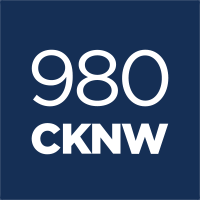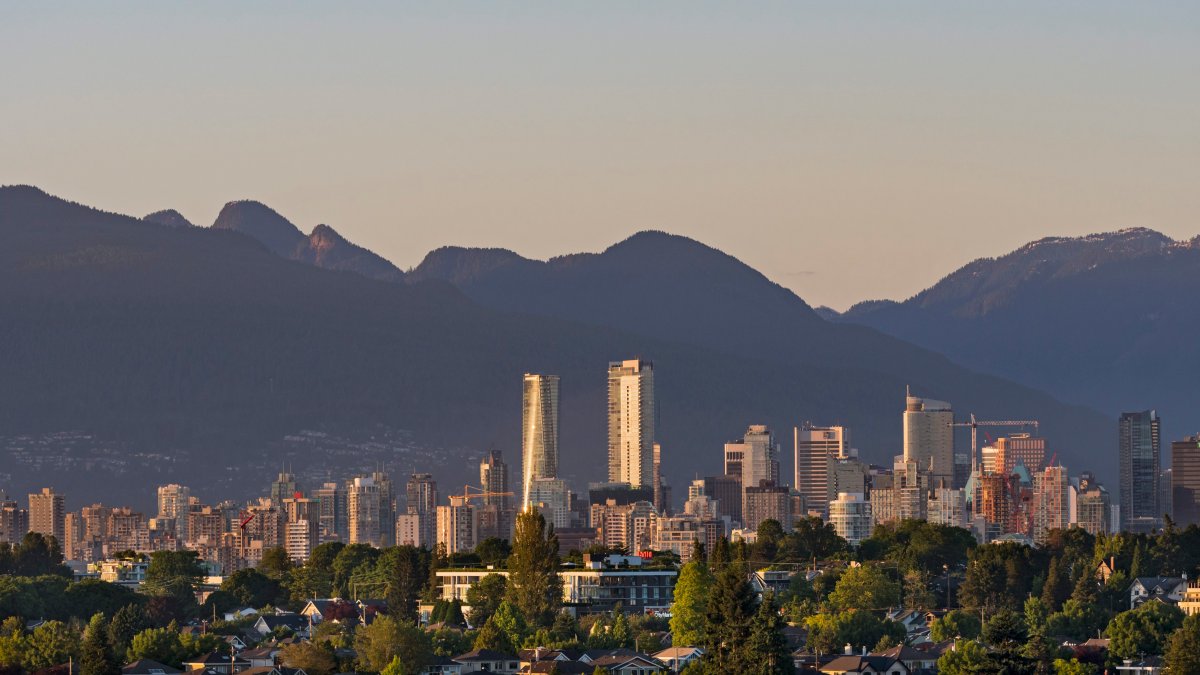We’re getting a first snapshot of how the City of Vancouver’s ambitious ‘“housing reset” is progressing.

The city launched the 10-year plan back in March, with a goal of increasing the number of units for low- and middle-income residents, increasing density around transit, and speeding up permit approvals for developers.
The plan is largely geared towards renters, and calls for the conservation and renewal of the city’s existing supply as well as increasing investment in low-income housing.
Monday’s mid-year report, presented to Vancouver City Council, outlined a challenging road ahead:
“Our current trajectory is still not enough to prevent loss of diversity and to meet the needs of the ‘missing middle,’ lower income households, and the homeless population.”
The report found there are more than 18,000 renters in the city who spend more than half their income on rent, and forecast homelessness to grow by up to six per cent annually.
It also found that Vancouver will need about 55,000 new rental spaces in the next decade.
In response, the report details the need for not just more rental supply, but the “right kind” of supply tailored to average household incomes.
The city is aiming for the construction of 72,000 new housing units in the coming 10 years, with a mix of apartment, infill (such as laneway homes) and townhouse options.
Just under half of those units would be targeted at families earning under $80,000 per year, including 12,000 social and supportive housing units.
The report found there has been some progress on this front, with close to 10,000 new housing starts in 2016, about double the 10-year average.
It also points to the new Cambie Corridor development cluster around Oakridge, which it anticipates will produced about 4,200 new units – 1,000 of them “affordable” – over the next decade.
On Sunday, Mayor Gregor Robertson unveiled a pilot project for that development which would see developers hold units for lower-income residents in exchange for more density.
On Monday, Robertson admitted meeting the city’s goals will be a balancing act between creating social and affordable housing with market housing.
“Well, it’ll be a combo. I think the market is driving the pace, the opportunity here is that we can produce a lot more housing and when we offer that opportunity, which staff are recommending at Oakridge, we can offer more density, more housing,” he said.
“But we need to make sure that a higher percentage of it is at affordable rents.”
But NPA Councillor George Affleck said while Vancouver is starting to address the housing challenges it faces, neighbouring municipalities are putting an unfair burden on the city when it comes to solving the rental puzzle.
“In Burnaby, for example, we saw a loss of 500 rental units and I think that in White Rock we also saw a reduction,” Affleck said.
“I think that the rest of the region is relying on Vancouver and we can’t afford to do this alone, we can’t afford to build the rental units for the entire region, the other municipalities need to do their part. Forget about the province and the federal government.”
City staff will spend the remainder of summer and early fall hammering out details for a final Housing Vancouver Strategy, to be presented to council in November.












Comments